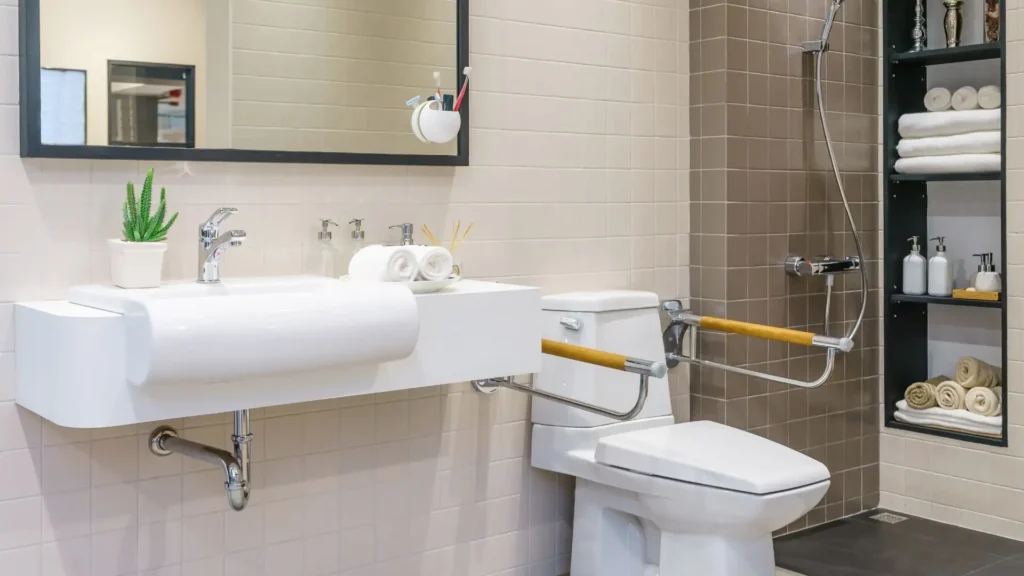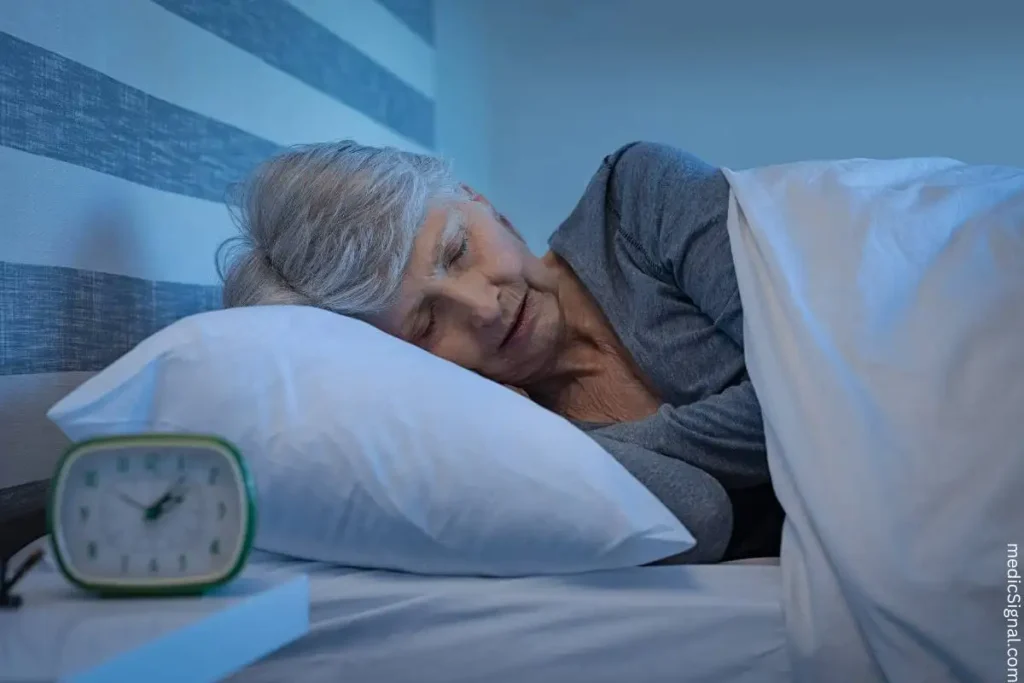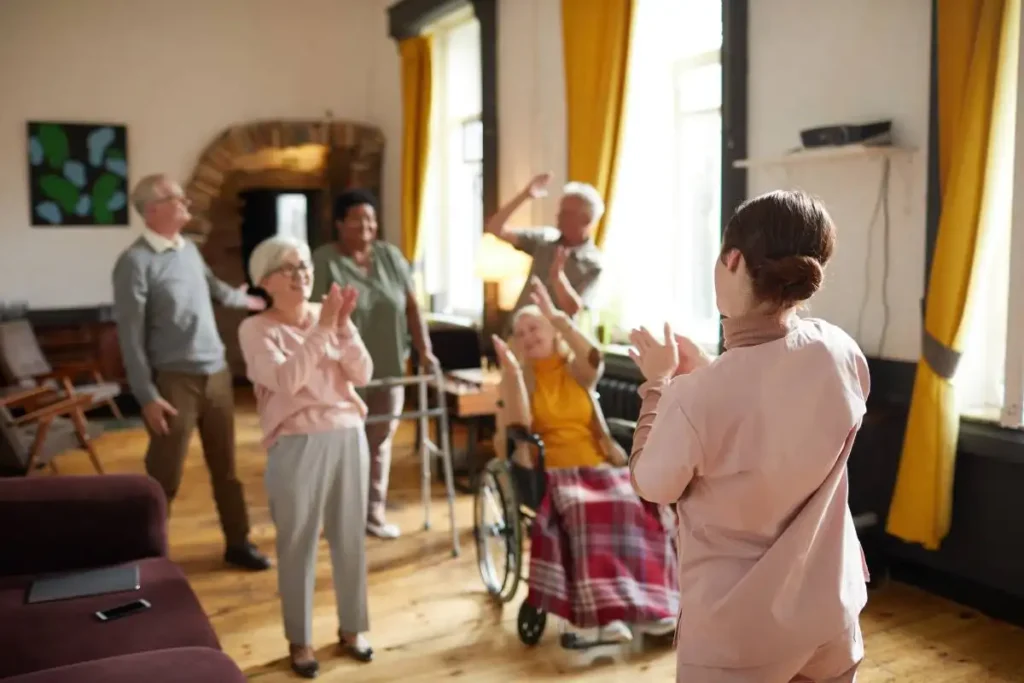Bathroom safety is crucial for seniors, who often face unique risks in these spaces. In fact, about 80% of falls in the home occur in the bathroom, highlighting the need for vigilance. Common hazards include slippery floors, inadequate lighting, and difficulty getting in and out of the tub or shower.
Ensuring a safe bathroom environment can significantly reduce the chances of accidents. By addressing these risks, we can help seniors maintain their independence and confidence in their daily routines.
Why Bathroom Safety Matters
Bathroom-related accidents pose a significant threat to seniors. Falls in this space can lead to serious injuries, impacting mobility and independence.
According to the National Council on Aging, falls are the leading cause of injuries among older adults, resulting in over 3 million emergency room visits annually.
Dr. Jane Smith, a geriatric specialist, emphasizes the importance of prevention:
“Bathroom safety is essential for seniors, as even a minor fall can have life-altering consequences.”
With slippery surfaces and cramped spaces, the bathroom can become a hazardous environment.
Statistics show that one in four seniors will experience a fall each year, and many of these incidents occur in the bathroom. Taking proactive measures to enhance safety can significantly reduce these risks and promote a healthier, more secure living space for seniors.
Non-Slip Flooring Options
Choosing the right flooring is crucial for enhancing safety in bathrooms. Non-slip flooring helps prevent falls and provides better traction. Here are some popular options:
- Vinyl Flooring: Affordable and easy to maintain, vinyl is available in various designs and textures.
- Ceramic Tiles: Durable and water-resistant, these tiles can be textured for added grip.
- Rubber Flooring: Soft underfoot, rubber offers excellent slip resistance and cushioning.
- Carpet Tiles: While not traditional for bathrooms, moisture-resistant carpet tiles can provide comfort and traction.
When installing non-slip flooring, consider these tips:
- Ensure the surface is clean and dry before installation.
- Follow manufacturer instructions for proper adhesion.
- Consider professional installation for best results.
Benefits of non-slip flooring include:
- Increased safety and reduced risk of falls.
- Easy to clean and maintain.
- Available in various styles to match bathroom decor.
Investing in non-slip flooring is a practical step toward creating a safer bathroom environment for seniors.
Installing Grab Bars
Grab bars are essential for providing stability and support in the bathroom. They help seniors maintain balance when moving around, significantly reducing the risk of falls.
As expert occupational therapist, Jane Doe, states, “Grab bars can be a lifeline for seniors, offering the stability they need to navigate slippery surfaces safely.”
When installing grab bars, placement is key. Consider these effective locations:
- Beside the toilet for easy standing and sitting.
- Inside the shower or tub to assist during bathing.
- Near the bathroom entrance to provide support when entering or exiting.
Ensure grab bars are securely fastened to the wall studs. Choose bars that are sturdy and can support the weight of the user. Proper installation enhances safety and builds confidence in using the bathroom.
By prioritizing grab bars, you create a safer bathroom environment that empowers seniors to maintain their independence.
Improving Bathroom Lighting
Proper lighting plays a critical role in bathroom safety, especially for seniors. Inadequate lighting can hide potential hazards, increasing the likelihood of slips and falls. By ensuring the bathroom is well-lit, you create a safer environment where seniors can navigate with confidence.
Consider the following types of lighting suitable for seniors:
- LED Lights: Bright and energy-efficient, these lights last longer and reduce glare.
- Motion Sensor Lights: Automatically illuminate when someone enters, ensuring no one fumbles in the dark.
- Task Lighting: Focused lighting near the mirror aids in personal grooming and reduces shadows.
- Night Lights: Soft illumination during nighttime prevents disorientation and helps guide the way.
As lighting expert, John Smith, emphasizes, “Adequate lighting is essential in preventing accidents and promoting independence for seniors.” By improving lighting in the bathroom, you significantly enhance safety and usability for seniors, allowing them to maintain their autonomy with ease.
Safe Shower and Bathtub Solutions
Creating a safe bathing environment is essential for seniors. Walk-in tubs and showers offer significant benefits, making it easier to enter and exit without the risk of falling. These solutions are designed with low thresholds and spacious interiors, allowing for a more secure experience.
Statistics reveal that approximately 80% of shower-related accidents happen due to slips and falls. To enhance safety further, consider these shower enhancements:
- Shower Chairs: These provide stability and allow seniors to sit while bathing, reducing the risk of falls.
- Handheld Showerheads: Offering flexibility, these devices enable seniors to shower comfortably while seated.
- Grab Bars: Installing grab bars in the shower or near the tub provides additional support.
By incorporating these solutions, you not only improve bathroom safety but also promote independence and confidence in daily routines. Making thoughtful adjustments can significantly enhance the bathing experience for seniors.
Toilet Safety Enhancements
Ensuring that seniors can use the toilet safely is crucial for their independence. Raised toilet seats and toilet safety frames provide much-needed support and comfort.
These enhancements make it easier for seniors to sit down and stand up, minimizing the risk of falls.
Here are some essential toilet safety devices to consider:
- Raised Toilet Seats: These elevate the toilet height, making it easier for seniors to get on and off.
- Toilet Safety Frames: These frames attach to the toilet and offer sturdy handholds, providing extra stability.
- Non-slip Mats: Placing mats on the floor can help prevent slips while entering or exiting the bathroom.
Easy access to the toilet can significantly enhance a senior’s confidence. As one caregiver noted, “Making simple adjustments like installing a raised toilet seat can change everything for my mom.
It gives her the freedom to manage her bathroom visits without fear.” Ensuring a safe and accessible toilet environment is a vital step in promoting overall safety in the bathroom.
Decluttering and Organizing the Bathroom
A clutter-free bathroom is essential for seniors. Removing unnecessary items helps reduce the risk of accidents and creates a more accessible space. When the bathroom is organized, seniors can easily find what they need, making their routines smoother and safer.
Here are some tips to help declutter and organize:
- Clear Out Expired Products: Regularly check for and dispose of expired medications and beauty products.
- Limit Countertop Items: Keep only daily essentials on countertops to minimize clutter.
- Use Storage Solutions: Utilize baskets or bins to store items neatly, making them easy to access.
- Place Frequently Used Items Within Reach: Store essentials like toiletries and towels in lower cabinets or on shelves that are easy to access.
As one experienced caregiver stated, “A tidy bathroom not only looks better but also brings peace of mind. Seniors can move around confidently when everything is in its place.” Taking the time to declutter can lead to a safer and more enjoyable bathroom experience for seniors.
Emergency Preparedness in the Bathroom
Ensuring safety in the bathroom goes beyond physical modifications. Being prepared for emergencies is crucial for seniors. Emergency buttons and phones can make a significant difference in critical situations.
Consider incorporating the following emergency tools:
- Emergency Alert Systems: Wearable devices that allow seniors to call for help at the push of a button.
- Landline or Mobile Phone: Keep a phone within reach for immediate access to emergency services.
- Emergency Contacts List: Post a list of important phone numbers in a visible location.
Seniors should know what steps to take in case of a fall or health crisis. Regularly reviewing this plan with family members can ensure everyone is prepared.
Statistics show that emergency response times can average between 8 to 12 minutes. In those crucial minutes, having a reliable way to call for help can be life-saving. By prioritizing emergency preparedness, you create a safer bathroom environment for seniors.
Assistive Technology for Bathroom Safety
Advancements in technology have led to the creation of smart bathroom devices specifically designed for seniors. These innovative tools enhance safety and provide peace of mind for both seniors and their caregivers.
Some effective assistive devices include:
- Smart Showerheads: These can adjust water temperature automatically, reducing the risk of burns.
- Voice-Activated Assistants: Devices like Amazon Echo can control lights and communicate with emergency services.
- Fall Detection Sensors: These monitor movement and can alert caregivers if a fall is detected.
As technology expert Jane Doe states, “Smart devices can empower seniors by giving them greater independence while ensuring their safety. The right technology can be a game changer in preventing accidents.”
By integrating these smart devices into the bathroom, seniors can enjoy a safer environment. This tech not only helps prevent accidents but also enables timely assistance when needed, making a significant difference in daily routines.
Role of Caregivers in Bathroom Safety
Caregivers play a vital role in maintaining bathroom safety for seniors. Their support not only helps in preventing accidents but also fosters a sense of security and confidence for seniors.
By being proactive, caregivers can effectively reduce risks and ensure that the bathroom remains a safe space.
Here are some tips for caregivers to monitor bathroom use:
- Regularly check for hazards, such as loose rugs or clutter that could cause slips.
- Encourage seniors to use grab bars and other safety devices consistently.
- Be mindful of their routines and assist them during bathing or toileting when necessary.
- Keep essential items within reach to avoid unnecessary stretching or bending.
- Consider setting up a timer for bathroom breaks to promote regular use without rushing.
As caregiver Sarah Johnson emphasizes, “Being attentive to a senior’s needs in the bathroom can make all the difference. Small changes lead to big improvements in safety and comfort.”
With awareness and a few simple adjustments, caregivers can significantly enhance the safety of bathroom environments for seniors.
Regular Safety Checks
Regular safety checks in the bathroom are crucial for preventing accidents among seniors. Statistics show that up to 80% of falls in the home occur in the bathroom, highlighting the need for ongoing vigilance.
By routinely inspecting the bathroom, potential hazards can be identified and addressed before they lead to injuries.
Here’s a simple checklist for bathroom safety inspections:
- Check for loose rugs or mats that could cause tripping.
- Inspect grab bars for stability and ensure they are securely installed.
- Ensure that lighting is adequate, particularly near steps or in dark corners.
- Look for any leaks or water pooling that could create slippery surfaces.
- Confirm that all essential items are within easy reach to reduce the need for stretching or bending.
By performing these checks regularly, caregivers and family members can significantly reduce the risk of accidents. Making bathroom safety a priority not only protects seniors but also promotes their independence and confidence.
FAQ on Bathroom Safety for Seniors
Addressing common questions about bathroom safety helps ensure that seniors can navigate their spaces confidently. Here are some frequently asked questions:
1. What are the most common hazards in the bathroom?
Slippery floors, loose rugs, and inadequate lighting are among the top hazards. These can lead to falls, which are particularly dangerous for seniors.
2. How can I make the shower safer?
Consider installing grab bars, using non-slip mats, and opting for a shower chair. Handheld showerheads also help seniors bathe more comfortably and safely.
3. Are there specific products recommended for toilet safety?
Raised toilet seats and toilet safety frames are excellent options. These products make sitting down and standing up easier, reducing the risk of falls.
Addressing these questions can significantly enhance bathroom safety for seniors, making their daily routines safer and more manageable.
Conclusion
Ensuring bathroom safety for seniors involves several key measures. From installing grab bars and choosing non-slip flooring to improving lighting and decluttering, each step contributes to a safer environment. Consider incorporating walk-in tubs or showers and utilizing assistive technology for added support.
Take these actionable steps today to enhance safety in your bathroom. Small changes can make a significant impact, offering peace of mind for both seniors and their caregivers. Prioritize these improvements and create a safer bathroom experience for your loved ones.





